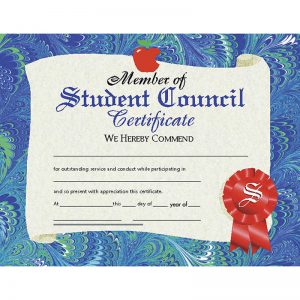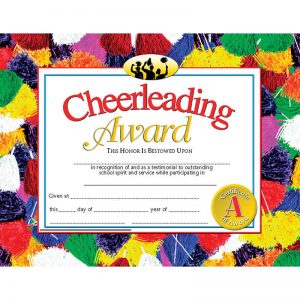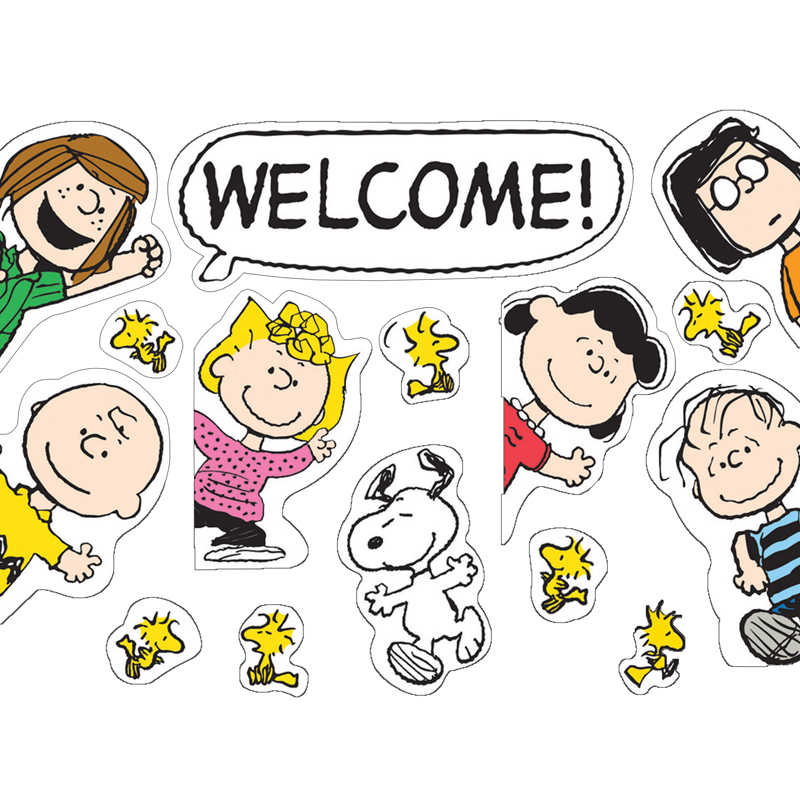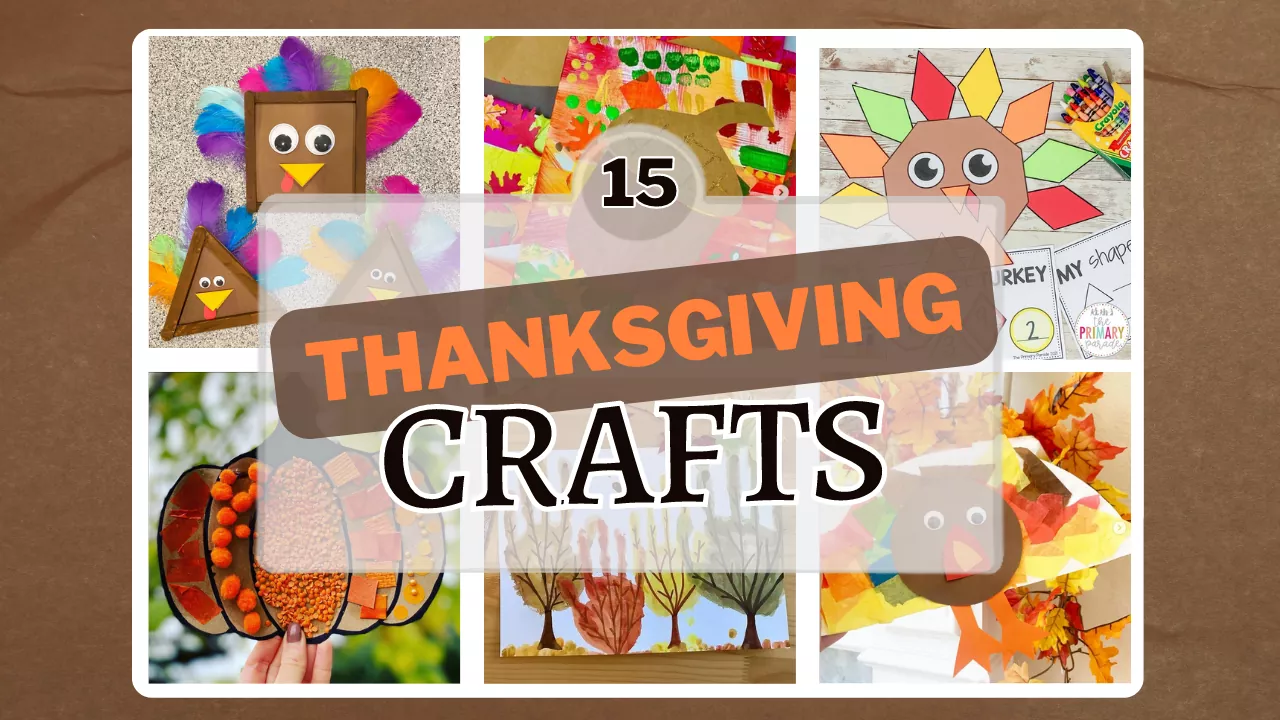Grade 4-8 Ecology Activities
To the Teacher – Earth Facts: An Overview
This unit gives students an overview of the Earth. Topics covered in other units include sources of air pollution, water pollution, and land pollution, and their effects on the Earth. Students explore environmental topics including acid rain, the enhanced greenhouse effect, the ozone layer, and endangered species.
The Earth’s biosphere is made up of three interactive natural regions: the air, the oceans, and the land. These three regions interact with each other to produce the conditions capable of supporting life. When conditions are disrupted, problems can occur for plants, animals, and people.
Air contains oxygen, vital to all land animals and people. Smog, caused by many man-made factors like vehicle exhaust and factory emissions, pollutes the air.
Water is essential for life on Earth. Although nearly three-fourths of the Earth is covered with water, only a very small percentage of that water can be used for drinking, bathing, and growing crops. Oil spills, excess fertilizers, and industry contribute to water pollution.
WORKSHEET & Sample PDF Activity
Sample PDF Activity
The land provides not only living space for people, plants, and animals, but also the source of most food. People have destroyed the land in many ways; by poor crop management, deforestation, waste disposal, strip mining, and urban sprawl.
Climate plays an important role in our environment. A desert climate and that of a tropical rain forest are very different, but both are important. Changes in climate can greatly affect the types of plants and animals that live in an area. It can also affect people.
Sometimes abrupt changes to climate are caused by natural phenomena, like volcanoes. Some natural changes in the environment are gradual, like the ice ages that have advanced and retreated across much of the Earth over millions of years.
Weird, but true: 500,000 years ago, the area where London, England, now stand was warm enough for tropical plants to thrive. During one of the ice ages, the same area was covered with ice and snow.
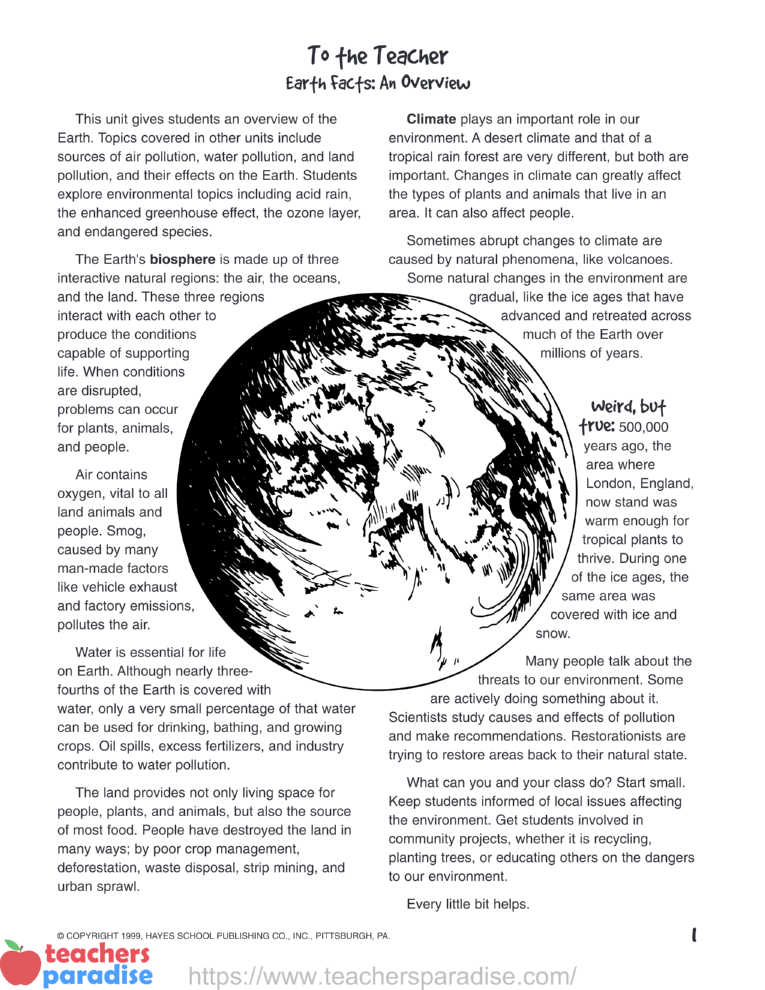
Many people talk about the threats to our environment. Some are actively doing something about it. Scientists study causes and effects of pollution and make recommendations. Restorationists are trying to restore areas back to their natural state.
What can you and your class do? Start small. Keep students informed of local issues affecting the environment. Get students involved in community projects, whether it is recycling, planting trees, or educating others on the dangers to our environment.
Every little bit helps.
Earth Facts: An Overview
The external conditions that surround people, animals, and plants is called the environment. It includes the air we breathe, the water we drink, the food we eat, as well as factors like climate, weather, sunlight, rain, temperature, soil, and water.
Ecology is the study of the relationship between living organisms and their environment. If drastic changes occur in Earth’s environment, our planet could become unpleasant or harmful to all forms of life.
Earthquakes and volcanoes are natural events that affect our environment. They can change the shape of the land, pollute the soil, air, and water, change the course of waterways, level mountains, and make areas uninhabitable by people, plants, and animals. People have had the greatest, most dramatic effect on the environment, however.
For millions of years, changes to the environment caused by people occurred slowly. The entire population of Earth was small and made up of nomadic hunters and gatherers. Even if a group hunted all of the animals and took all of the plants in one area, they moved on, allowing that area time to return to its natural state.
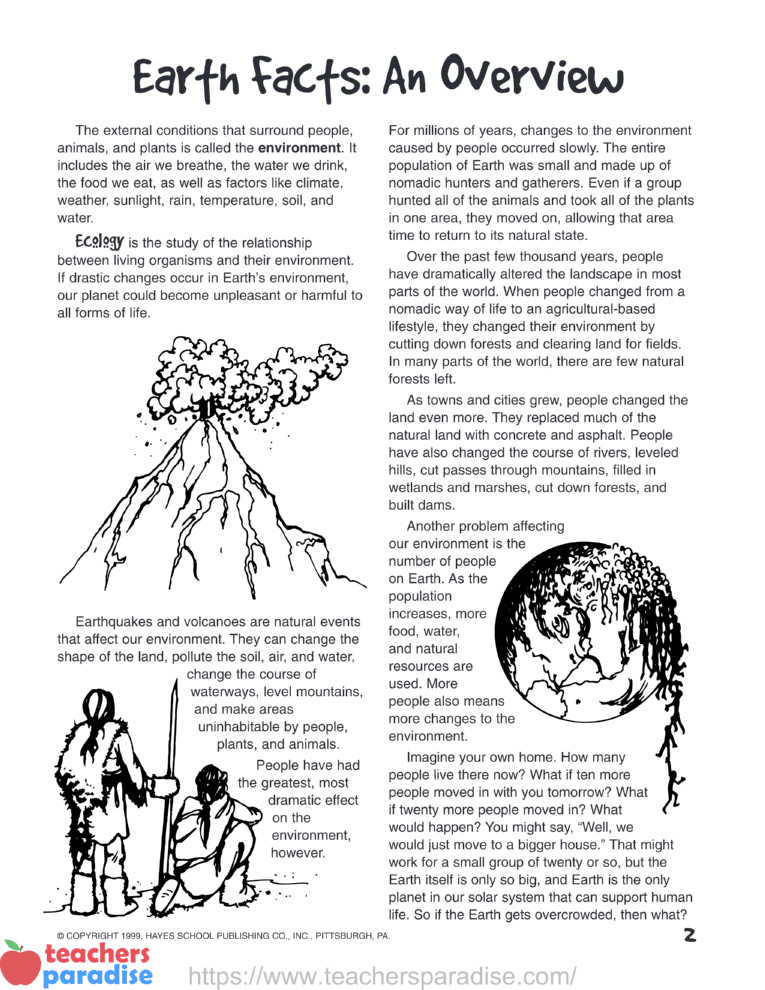
Over the past few thousand years, people have dramatically altered the landscape in most parts of the world. When people changed from a nomadic way of life to an agricultural-based lifestyle, they changed their environment by cutting down forests and clearing land for fields. In many parts of the world, there are few natural forests left.
As towns and cities grew, people changed the land even more. They replaced much of the natural land with concrete and asphalt. People have also changed the course of rivers, leveled hills, cut passes through mountains, filled in wetlands and marshes, cut down forests, and built dams.
Another problem affecting our environment is the number of people on Earth. As the population increases, more food, water, and natural resources are used. More people also means more changes to the environment.
Imagine your own home. How many people live there now? What if ten more people moved in with you tomorrow? What if twenty more people moved in? What would happen? You might say, “Well, we would just move to a bigger house.” That might work for a small group of twenty or so, but the Earth itself is only so big, and Earth is the only planet in our solar system that can support human life. So if the Earth gets overcrowded, then what?
Learn More About Earth’s Environment Worksheet
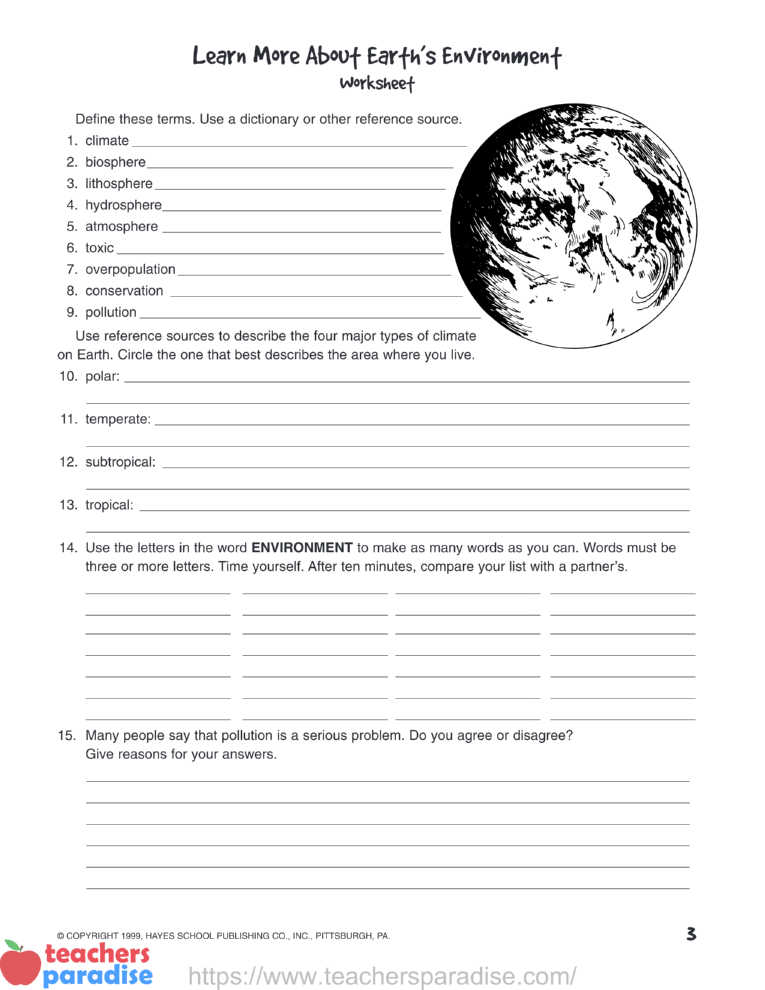
Define these terms. Use a dictionary or other reference source.
Answer Key
Unit 1: Earth Facts
Page 3. Worksheet
Answer Key
Unit 1: Earth Facts
Page 3. Worksheet
- The prevailing weather conditions in an area over time
- The region of Earth where living things are found
- The exterior crust of the Earth, the land
- All the waters on Earth
- The layer of gases around Earth
- Poisonous
- A condition that arises when too many living organisms occupy the same area and there are not enough resources for all
- Wise management and maintenance of natural resources
Table of Contents
Unit 1: Earth Facts
To the Teacher – 1
Information Page – 2
Worksheet – 3
Activity – 4
Think It Through – 5
Review What You Learned – 6
Unit 2: The Air We Breathe
To the Teacher – 7
Information Page – 8
Worksheet – 9
Activity – 10
Think It Through – 11
Review What You Learned – 12
Unit 3: The Ozone Layer
To the Teacher – 13
Information Page – 14
Worksheet – 15
Activity – 16
Think It Through – 17
Review What You Learned – 18
Unit 4: Greenhouse Effect & Global Warming
To the Teacher – 19
Information Page – 20
Worksheet – 21
Activity – 22
Think It Through – 23
Review What You Learned – 24
Unit 5: Water, Water Everywhere
To the Teacher – 25
Information Page – 26
Worksheet – 27
Activity – 28
Think It Through – 29
Review What You Learned – 30
Unit 6: What is Acid Rain?
To the Teacher – 31
Information Page – 32
Worksheet – 33
Activity – 34
Think It Through – 35
Review What You Learned – 36
Unit 7: A Healthy Earth
To the Teacher – 37
Information Page – 38
Worksheet – 39
Activity – 40
Think It Through – 41
Review What You Learned – 42
Unit 8: Endangered Plants & Animals
To the Teacher – 43
Information Page – 44
Worksheet – 45
Activity – 46
Think It Through – 47
Review What You Learned – 48

